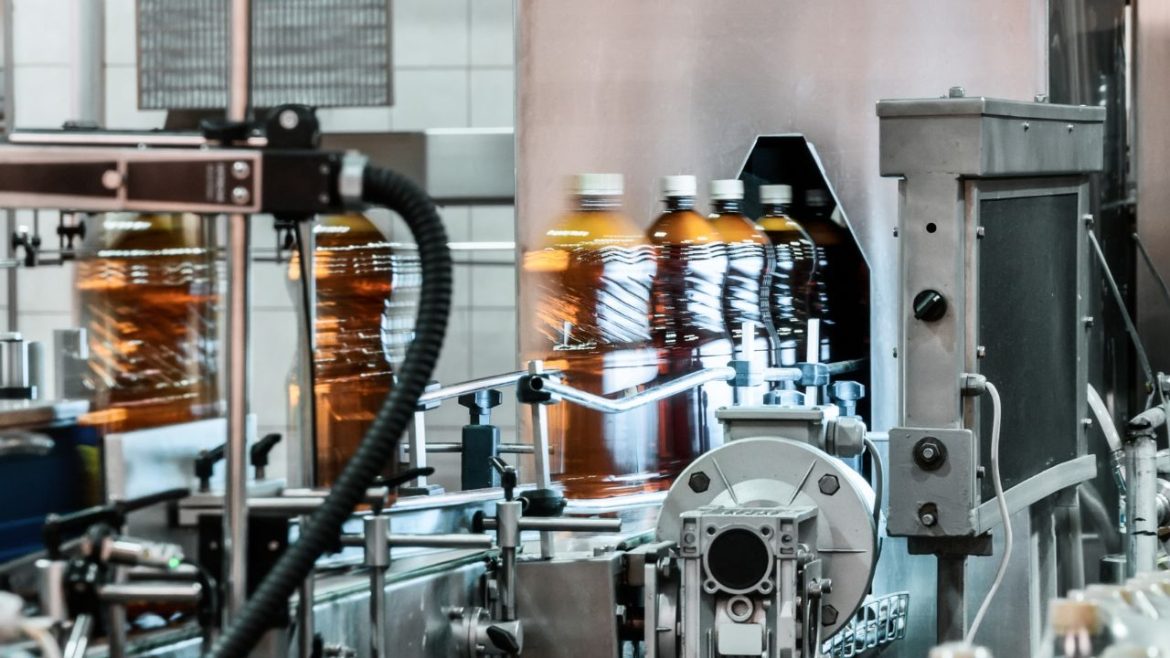Filling machines are essential in various industries, including food and beverage, pharmaceuticals, and cosmetics. They are designed to dispense products into containers, ensuring accuracy and efficiency.
However, not all filling machines are created equal, especially when it comes to the type of product being filled.
This article explores the key differences between liquid filling and paste filling, highlighting the unique requirements and considerations for each.
Understanding Liquid Filling
Liquid filling machines are designed to handle a wide range of liquid products, from water and juices to oils and sauces. These machines utilize various filling methods, including gravity, pressure, and vacuum filling, depending on the viscosity and characteristics of the liquid.
Characteristics of Liquid Filling
Viscosity: Liquid filling machines are typically used for products with low to medium viscosity. Thin liquids flow easily, making them suitable for gravity filling methods, while thicker liquids may require pressure or piston filling systems.
Speed and Efficiency: Liquid filling machines are often designed for high-speed production, allowing manufacturers to fill large volumes of product quickly. This efficiency is crucial in industries where demand is high.
Precision: Accuracy is vital in liquid filling, as overfilling or underfilling can lead to product waste and customer dissatisfaction. Many liquid filling machines are equipped with advanced sensors and controls to ensure precise fill levels.
Understanding Paste Filling
Paste filling machines, on the other hand, are specifically designed for thicker products, such as creams, gels, and sauces. These machines utilize different mechanisms to accommodate the unique properties of paste-like substances.
Characteristics of Paste Filling
Viscosity: Paste filling machines are built to handle high-viscosity products that do not flow as easily as liquids. These machines often use piston or auger filling methods to ensure accurate dispensing.
Consistency: The consistency of paste products can vary significantly, requiring machines that can adapt to different textures. Paste filling machines are designed to handle a range of viscosities, from thick creams to chunky sauces.
Filling Mechanism: Unlike liquid filling machines, which may rely on gravity or pressure, paste filling machines often use a piston mechanism that draws the product into a chamber and dispenses it into the container. This method ensures that even thick products are filled accurately.
Key Differences Between Liquid and Paste Filling
When comparing liquid filling and paste filling, several key differences emerge:
Equipment Design
Liquid Filling Machines: These machines are typically simpler in design, as they rely on gravity or pressure to dispense products. They often have fewer moving parts, making them easier to maintain.
Paste Filling Machines: These machines are more complex, featuring mechanisms such as pistons or augers to handle thicker products. They may require more maintenance due to the additional components involved.
Application Versatility
Liquid Filling: Liquid filling machines are versatile and can handle a wide range of products, including beverages, oils, and cleaning solutions. They are commonly used in industries such as food and beverage, pharmaceuticals, and chemicals.
Paste Filling: Paste filling machines are specialized for thicker products and are primarily used in the cosmetics, food, and pharmaceutical industries for items like creams, ointments, and sauces.
Production Speed
Liquid Filling: These machines are designed for high-speed production, allowing manufacturers to fill large volumes quickly. This efficiency is essential in industries with high demand.
Paste Filling: While paste filling machines can also be efficient, they may not achieve the same speeds as liquid filling machines due to the thicker consistency of the products being dispensed.
Conclusion
Understanding the differences between liquid filling and paste filling is crucial for manufacturers looking to optimize their production processes. Each type of filling machine has its unique characteristics, advantages, and applications. When selecting a filling machine, it is essential to consider the specific requirements of the product being filled.
For businesses seeking reliable equipment, partnering with a reputable liquid filling machine supplier can ensure access to the right technology for their needs. By choosing the appropriate filling machine, manufacturers can enhance efficiency, maintain product quality, and meet consumer demands effectively.
